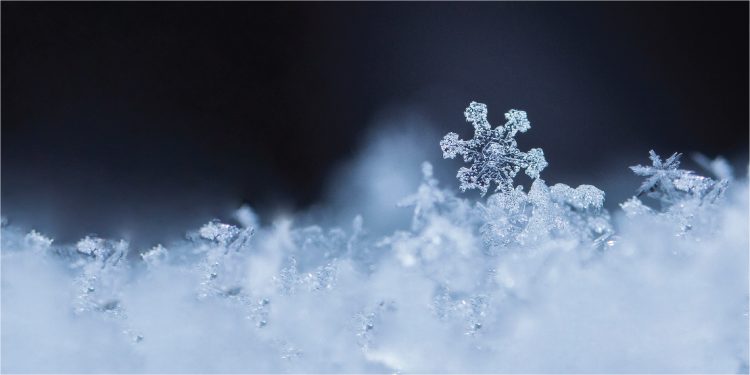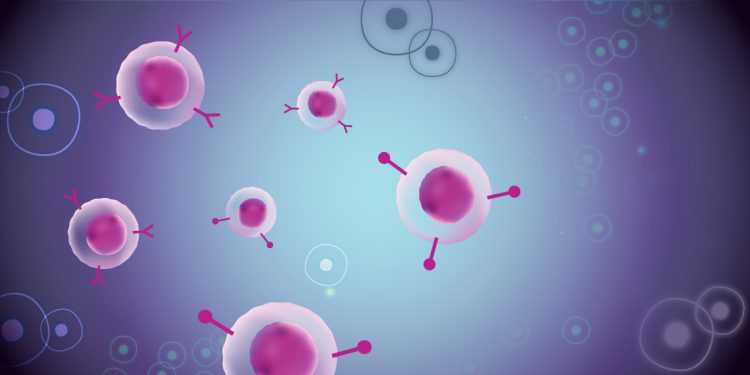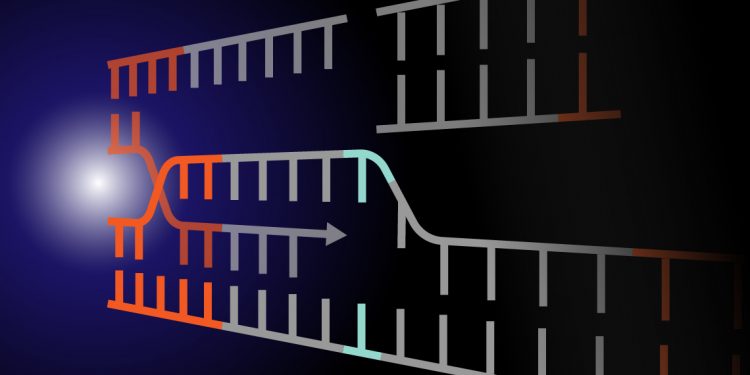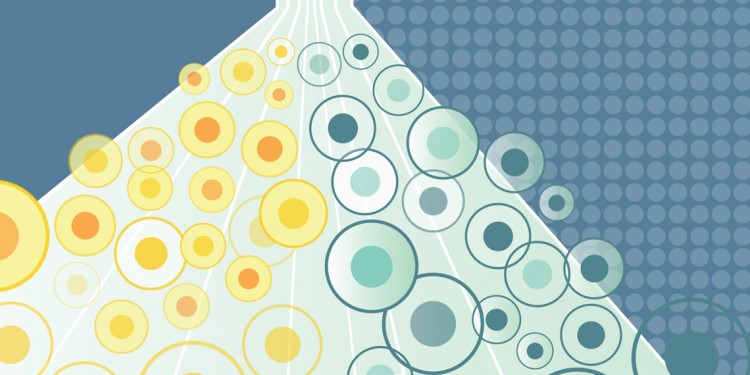
6 Tips to Secure Funding for Flow Cytometers

How FACS, Genetic Screens, and the HAP1 Cell Line Uncover the Biological Mechanisms of Cancer

7 Tips for Purchasing Your Next Cell Sorter

Sorting an Old Problem: Are Cells Stressed by Fluorescence-Activated Cell Sorting?

10 Tips for Setting Up a Successful Cell Sorting Experiment

A Novel CAR-T Cell Therapy Approach Using Fluorescence-Activated Cell Sorting and Stem Cell Transplantation

Improving CRISPR-Cas9 Gene Editing:
Tackling the HDR Inefficiency Problem

Turning Back the Clock on Mouse Neural Progenitor Cells

Investigating Cancer Stem Cells with the S3™ Cell Sorter


